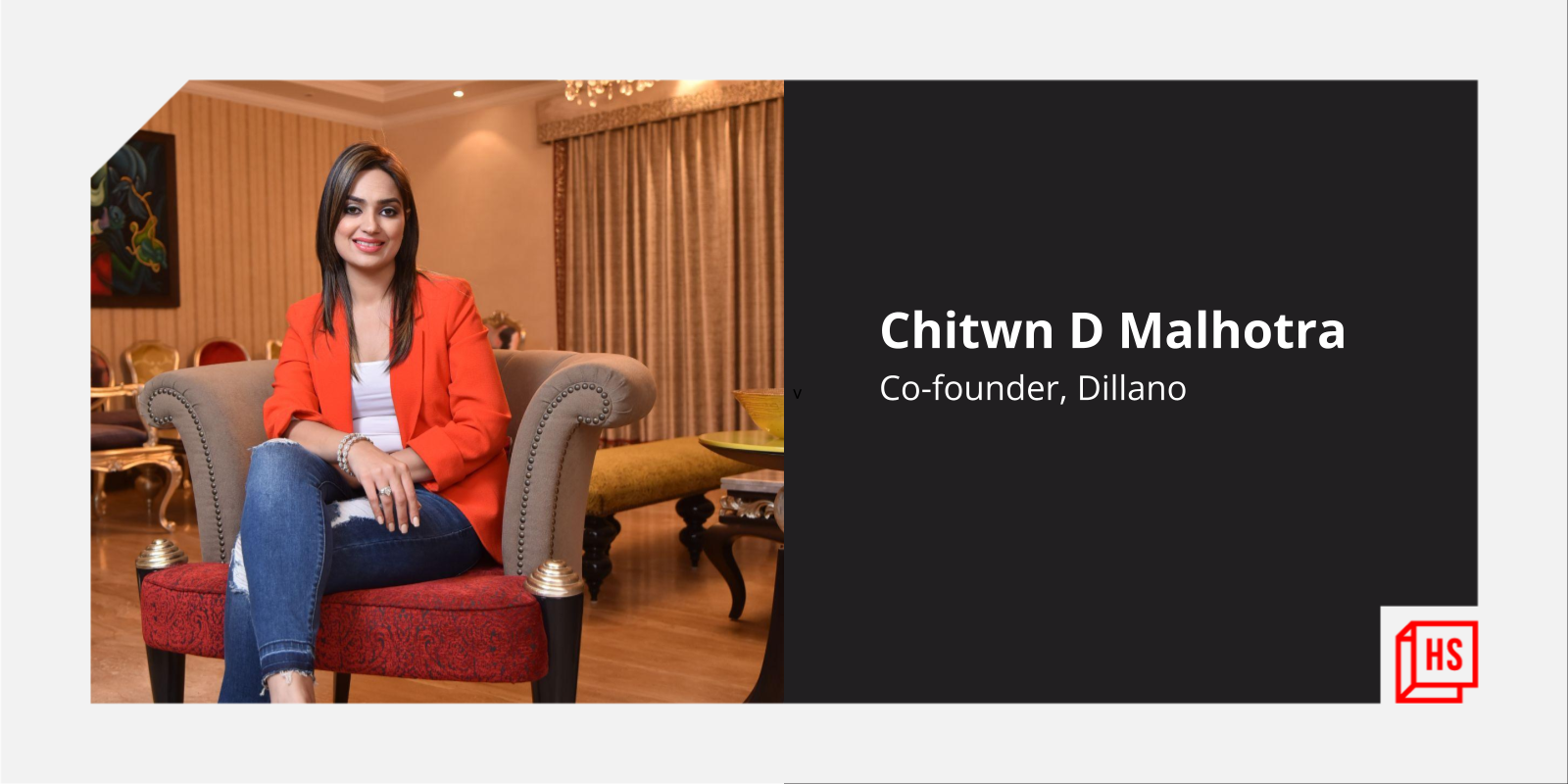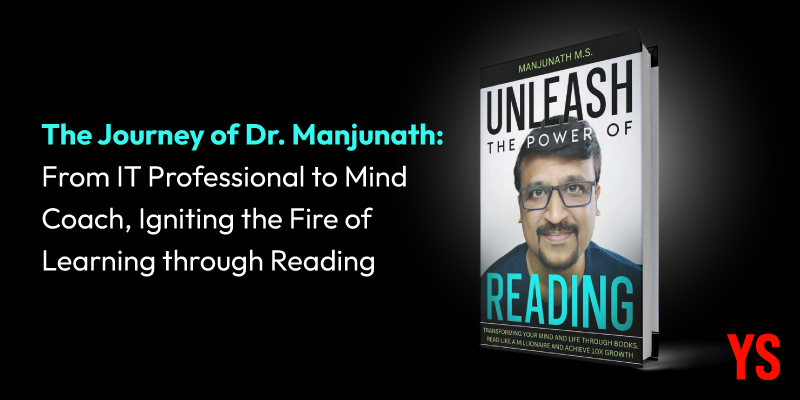This woman entrepreneur’s jewellery designs are worn by celebs like Kareena Kapoor, Malaika Arora
Based in Delhi, Chitwn has been designing luxury jewellery through her brand Dillano, a venture that is making a place for itself in the male-dominated segment. Dillano designs are worn by Bollywood celebs such as Kareena Kapoor Khan, Karisma Kapoor, Dia Mirza, and Bipasha Basu, among others.
Chitwn D Malhotra always knew she wanted to become a jewellery designer. An alumnus of Gemmology Institute of America, she has been living the dream for more than a decade.
After launching her own jewellery brand at the age of 21, Chitwn went on to receive the best innovative designs and techniques from the World Gold Council.
Founded in 2008, Dillano’s luxury jewellery has been worn by several Bollywood celebrities including Kareena Kapoor Khan, Karisma Kapoor, Dia Mirza, Malaika Arora, Bipasha Basu, among others.
The journey
As most Indian women would attest, heavy jewellery – the envy of many—is usually reserved for weddings and other family functions.
“I wanted to change the concept and say you can just wear jewellery anytime and not feel very loud about it and be happy about it. So I made sure the designs are very usable stuff,” she says.
As a jeweller, Chitwn wanted to make every woman feel beautiful. The entrepreneur finds inspiration in nature for most of her designs and hence named the brand Dillano, an Italian word which means nature.
With complete support from her family members, she made an initial investment of about Rs 6 crore and the designs took off within her network of friends and family. This was about 14 years ago when 10 grams of gold cost Rs 6,000 rupees while it costs Rs 60,000 now. Since then, her brand has grown steadily through word-of-mouth.
She sold all the pieces in her first show. Dillano broke even in the second year of operation and has remained completely profitable so far. has been offering both weddings as well as lightweight and chunky-looking jewellery.
“In fact, I always wanted my jewellery to overshadow anybody's dresses too. And that's how that's how people started recognising me with big rings and chunky earrings,” she adds.
With a team of 15 people in her store and production office in Delhi, Chitwn conducts exhibitions across India and has done shows for the royals in the Middle Eastern countries.
With prices starting at Rs 3 lakh and going above Rs 3 crore, her clientele also includes NRIs from Dubai and the US. Depending on the season, Dillano sells an average of about 30 to 40 products every month.
However, Chitwn says the number of sales does not matter a lot to her. “I don't want to sell anything to anyone and everyone. My brand is for people who really like experimenting with jewellery and want it to be a style statement rather than just an investment,” she explains.
Market competition and challenges
India is a competitive jewellery market where almost every household has heirlooms. As a practice, most families also invite jewellers at home to try and purchase for wedding and other occasions.
Chitwn says many even preferred to buy from jewellers who come from families that have been in the business for generations. In the early days with a few years of experience, Chitwn was up against people who would introduce themselves as second or third generation jewellers. “That was the biggest difficulty,” she says.
Among the jewellers network, many were not ready to accept that a woman was running a jewellery business and taking charge of it from production to marketing.
“People were used to having men as jewellers and said that I would last in the business for only a few years,” she recalls. Regardless, ensuring consistency in terms of product quality and design has remained her biggest selling point.
For others looking to venture into entrepreneurship in design, she advises, “Just have patience and a lot of hard work to launch your own brand. It's not easy to make a name because people are very gender-biased and generation biased. In the jewellery market, they don't trust easily and so, one must continue delivering the right things.”
Edited by Affirunisa Kankudti












